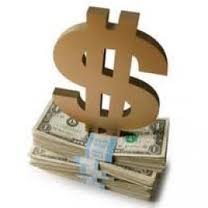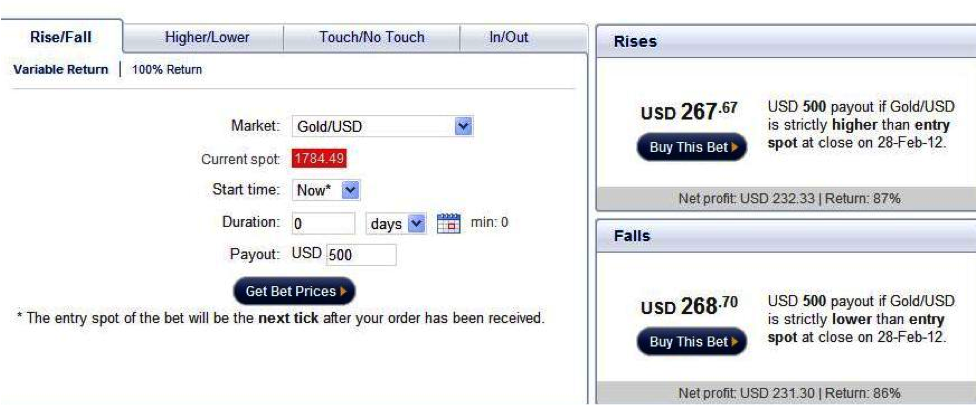Risk Management for Binary Options Trades
Risk Management for Binary Options Trades
 Binary options, just like any other form of financial trading, has an element of risk involved. You could lose all or most of your money in an instant if you are careless or greedy. As such, the concept of risk management is one that every binary options trader should take very seriously.
Binary options, just like any other form of financial trading, has an element of risk involved. You could lose all or most of your money in an instant if you are careless or greedy. As such, the concept of risk management is one that every binary options trader should take very seriously.
- Mifune on Money Management
- Mifune on Money Management II
- Mifune on using a hedging strategy when trading binary options
- Lotz of Botz on how to protect yourself from going bust
The generally accepted risk management rule adopted universally by professional traders is that no more than 5% of the account size should be exposed to the market at any given point in time. What this simply means, is that if you have a $1000 binary options account, you should not have more than $50 in the market at any given time. Trading anything more than this is extremely risky, especially as binary options is an “all or none” type of market.
It is not like forex where you can cut your losses early if you see that you are probably in a bad trade. In binary options, unless your broker is the type that gives back 15% of invested capital in trades that are out of the money, or you have the opportunity to sell off the contract before expiry (variable options), then you are out of luck if your trade goes bad. So you need to be sure that you properly utilize the only means of controlling risk available to you.
Calculating your risk in binary options is actually very easy. For every $1000 in your account, you can only afford to expose $50 at any single time. So your first step is to identify and sign up with a broker that will allow you to place trades within the confines of your acceptable risk appetite.
Binary options brokers have made this very easy, because the moment a trader pushes the button to purchase a contract, the trader is immediately shown the cost of purchasing that contract. He cannot lose more than what he spent purchasing the binary options contract, so for every contract purchased, the amount at risk is known and the potential reward is also known. This enables the trader to do what is necessary in order to keep his risk within acceptable limits.
Recommended Brokers
This is a typical trade for a $5,000 account. The expected payout for the Rise/Fall trade is $500. In binary options, payouts are made up of your invested capital and your profit. So for a payout of $500, this trade will cost the trader either $267.67 or $268.70, which is approximately 5% of the account size.
However, this is for a single trade. If you want to take 2 trades, then you need to split your payout into two, and then select a trade that will reflect a 50% investment of the expected payouts from both trades.
The essence of all this is to protect your account from the devastating effects of losses in a single trade where too much capital was invested. Imagine a situation where a trader with a $5,000 account tries to hit a $2,000 payout and invests $1000 into a trade. If that trade is out of the money, then he has lost 20% of his account in just ONE trade!
You may think this is over the top but you will be surprised at how often many retail traders succumb to the destructive emotion of greed and try to dare the market in this manner. Do not fall prey to this.
We all hope to win but the truth is that there will be times when we make bad trade calls. It has happened to everyone; even the great Warren Buffett lost millions in October 2008. But what separates those who re-emerge as successful traders from the rest is the ability to control their risk. Control yours too.
